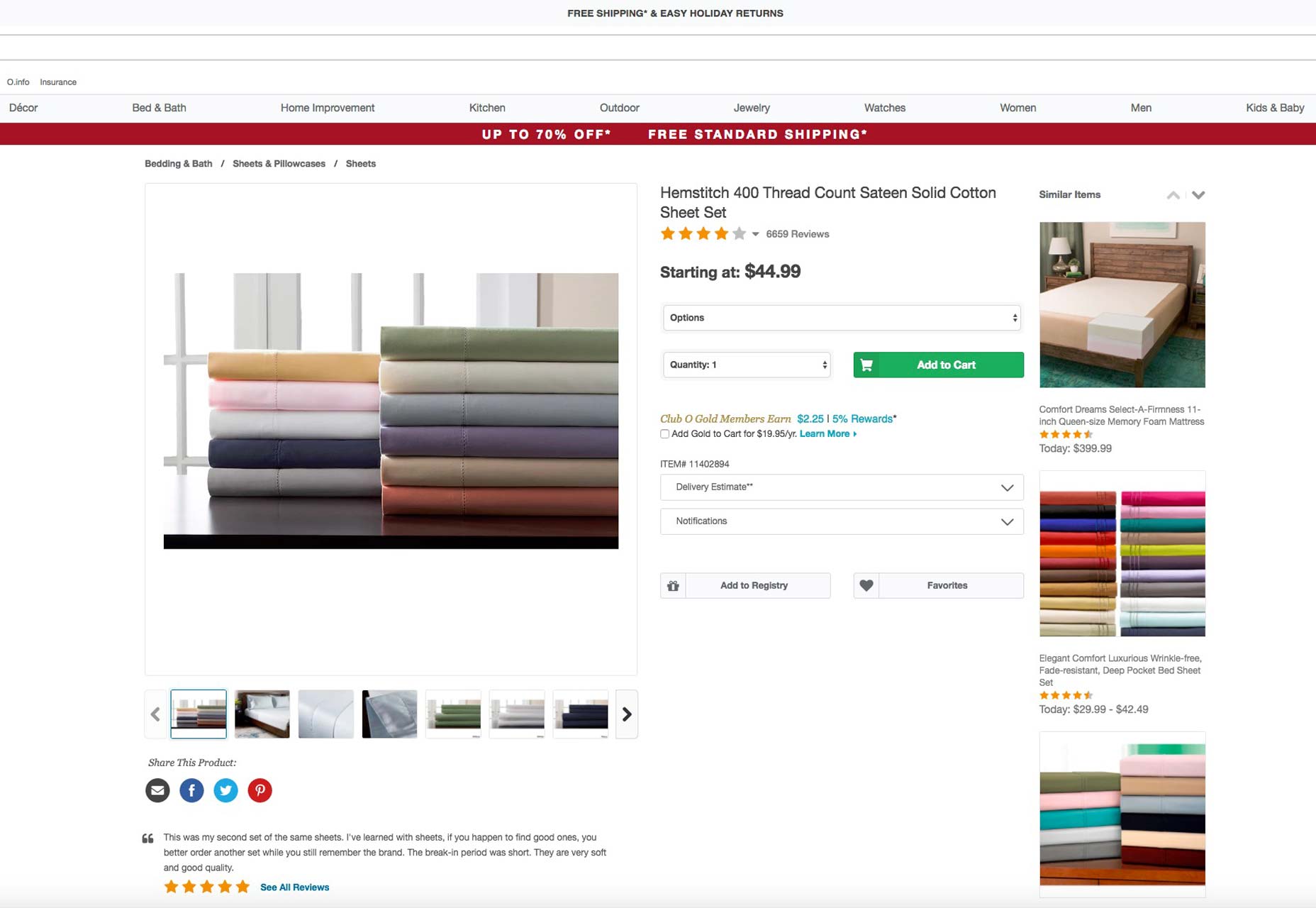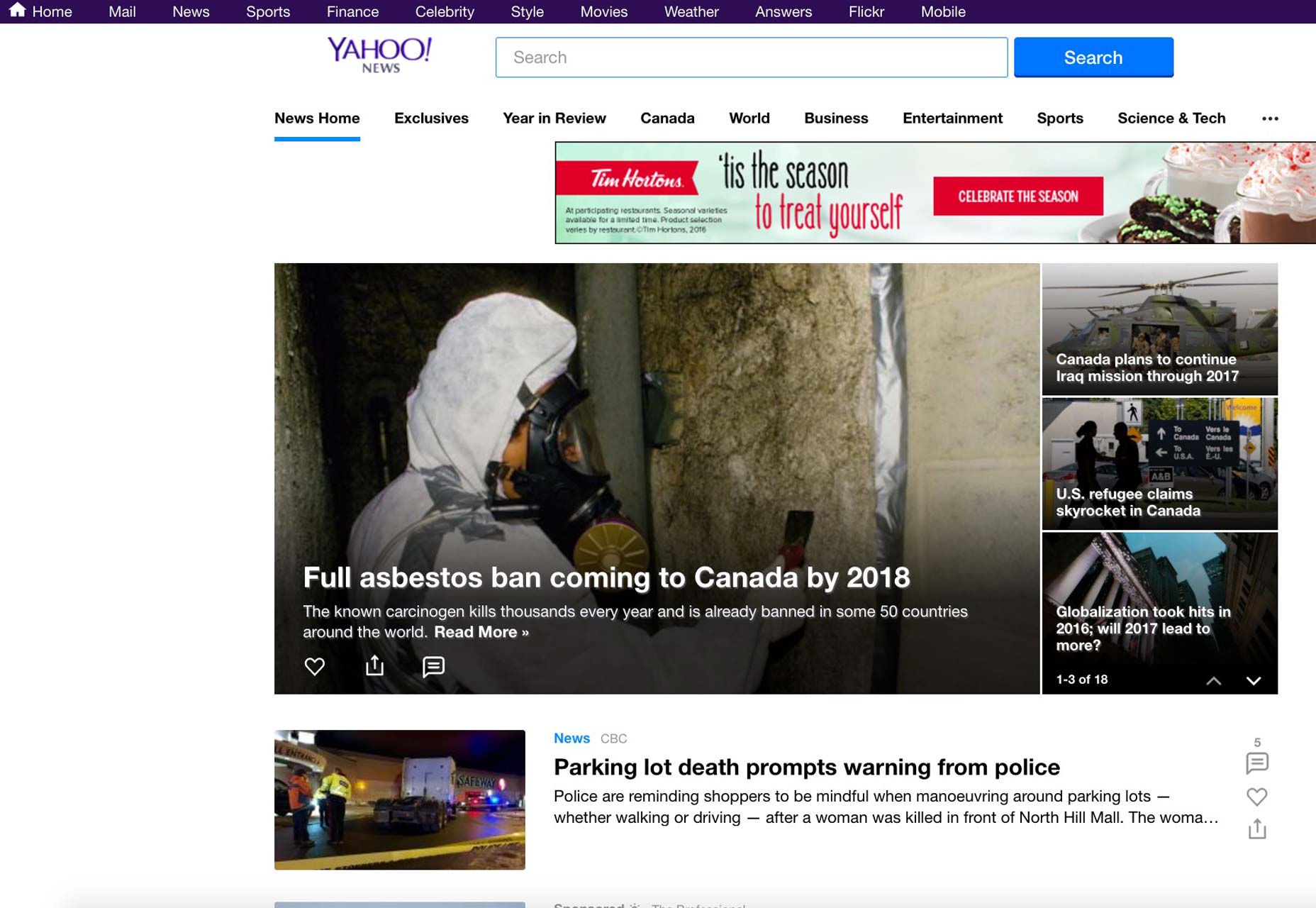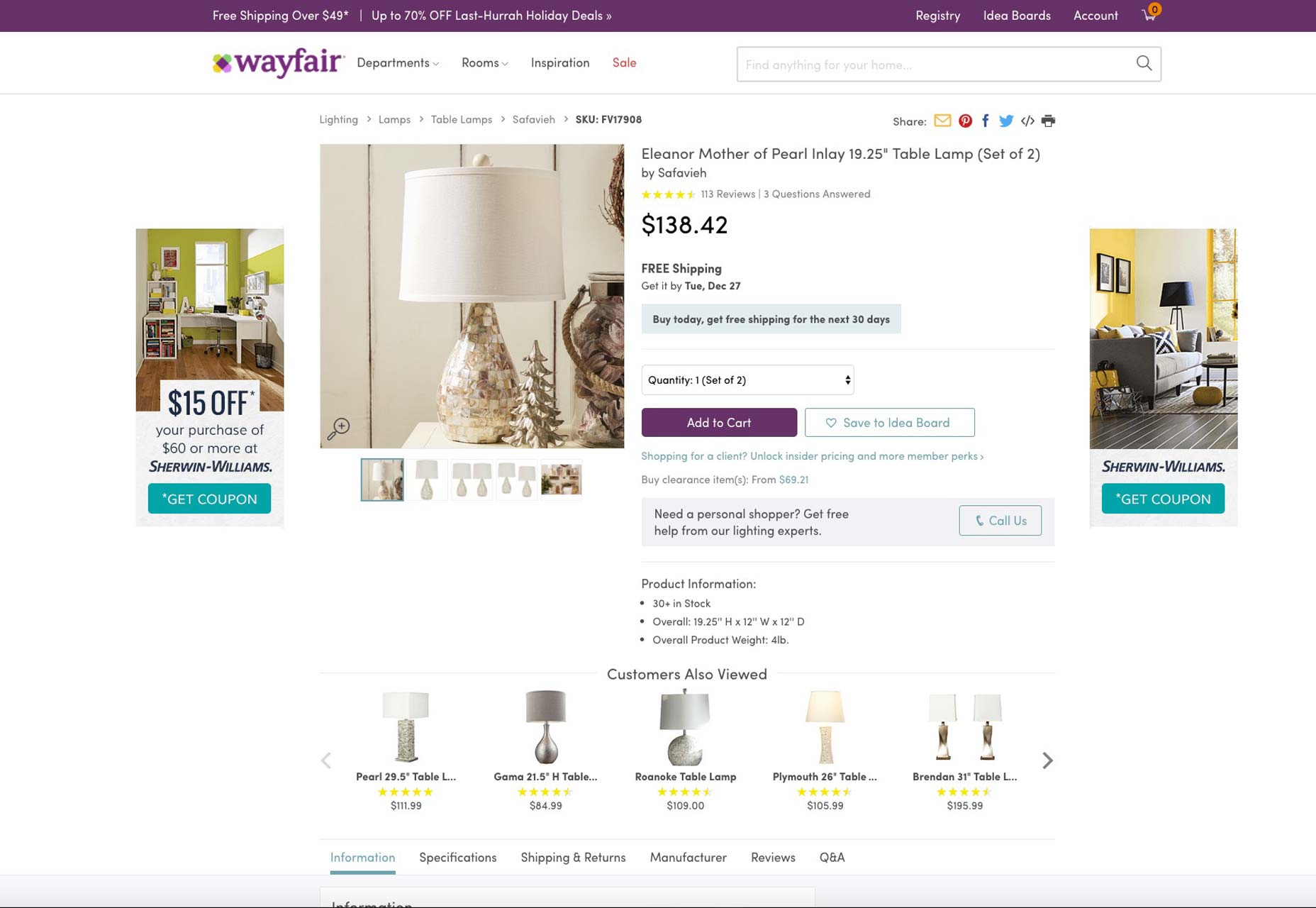
- Enabling users to find information
- Enabling users to read that information
- Enabling users to understand where to click and where the destination is
A lack of clarity
One of the most stubborn errors designers continue to make on websites is not sympathizing with the need of users to clearly and easily understand what the site or its elements is about. The study identified these mistakes surrounding a lack of clarity:- Unexpected locations for content
- Competing links and categories
- Hidden fees and prices

UX problems
How easy your site visitors find that it is to actually use your site is integral to whether or not your site has good UX or not. The NN Group’s study found these UX-related design mistakes that just won’t go away:- Islands of information
- Link repetition
- Stranding users on microsites
- Inadequate search results
- Flawed filters and facets
 On the issue of search, unfortunately, a lot of sites still either fail to search the entire site for search terms or return results that fail to even match users’ search terms in the first place.
And while filters and facets (essentially filters for various attributes of objects in a set of content) are well-intentioned, they’re much of the time either tagged incorrectly or are insufficient, thereby creating confusion.
On the issue of search, unfortunately, a lot of sites still either fail to search the entire site for search terms or return results that fail to even match users’ search terms in the first place.
And while filters and facets (essentially filters for various attributes of objects in a set of content) are well-intentioned, they’re much of the time either tagged incorrectly or are insufficient, thereby creating confusion.
Information architecture foul-ups
Information architecture should, in many ways, be the heart and soul of good design. Essentially, it’s what helps users understand your site environment and content quickly, so they find what they want. It involves labeling, organizing and structuring your content in the clearest way possible. The usability study again found stubborn, repeated mistakes designers still make in this area, just as they did 20 years ago. These include:- Overwhelming users with excessive information
- Presenting users with hidden links
Wayfair.com is a case in point for how to present information to visitors. Note how its content is easily digestible, as it’s efficiently broken up.
 On the problem of hidden links, you’d be surprised at how many times designers hide links to relevant site content—for example, the menu of a restaurant—in the same column as ads leading to external links. The long and short of it is that most users won’t be able to find such relevant links amidst all the ads, which makes considering the placement of relevant links extremely vital to design.
On the problem of hidden links, you’d be surprised at how many times designers hide links to relevant site content—for example, the menu of a restaurant—in the same column as ads leading to external links. The long and short of it is that most users won’t be able to find such relevant links amidst all the ads, which makes considering the placement of relevant links extremely vital to design.
Will it get better soon?
Part of the problem is that many designers just aren’t usability experts, but that’s no excuse. When you’re designing, you have to be obsessed with providing your users with a superb UX. Otherwise, your site’s usability, conversions, on-page time, and sales simply drop—and no client will tolerate that. It will be interesting to see if, in another 20 years, we still see studies like these, talking about how design errors from decades ago are still haunting our web-design community.Marc Schenker
Marc’s a copywriter who covers design news for Web Designer Depot. Find out more about him at thegloriouscompanyltd.com.
Read Next
15 Best New Fonts, July 2024
Welcome to our monthly roundup of the best fonts we’ve found online in the last four weeks. This month, there are fewer…
By Ben Moss
20 Best New Websites, July 2024
Welcome to July’s round up of websites to inspire you. This month’s collection ranges from the most stripped-back…
Top 7 WordPress Plugins for 2024: Enhance Your Site's Performance
WordPress is a hands-down favorite of website designers and developers. Renowned for its flexibility and ease of use,…
By WDD Staff
Exciting New Tools for Designers, July 2024
Welcome to this July’s collection of tools, gathered from around the web over the past month. We hope you’ll find…
3 Essential Design Trends, July 2024
Add some summer sizzle to your design projects with trendy website elements. Learn what's trending and how to use these…
15 Best New Fonts, June 2024
Welcome to our roundup of the best new fonts we’ve found online in the last month. This month, there are notably fewer…
By Ben Moss
20 Best New Websites, June 2024
Arranging content in an easily accessible way is the backbone of any user-friendly website. A good website will present…
Exciting New Tools for Designers, June 2024
In this month’s roundup of the best tools for web designers and developers, we’ll explore a range of new and noteworthy…
3 Essential Design Trends, June 2024
Summer is off to a fun start with some highly dramatic website design trends showing up in projects. Let's dive in!
15 Best New Fonts, May 2024
In this month’s edition, there are lots of historically-inspired typefaces, more of the growing trend for French…
By Ben Moss
How to Reduce The Carbon Footprint of Your Website
On average, a web page produces 4.61 grams of CO2 for every page view; for whole sites, that amounts to hundreds of KG…
By Simon Sterne
20 Best New Websites, May 2024
Welcome to May’s compilation of the best sites on the web. This month we’re focused on color for younger humans,…














